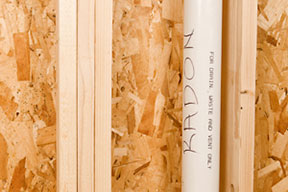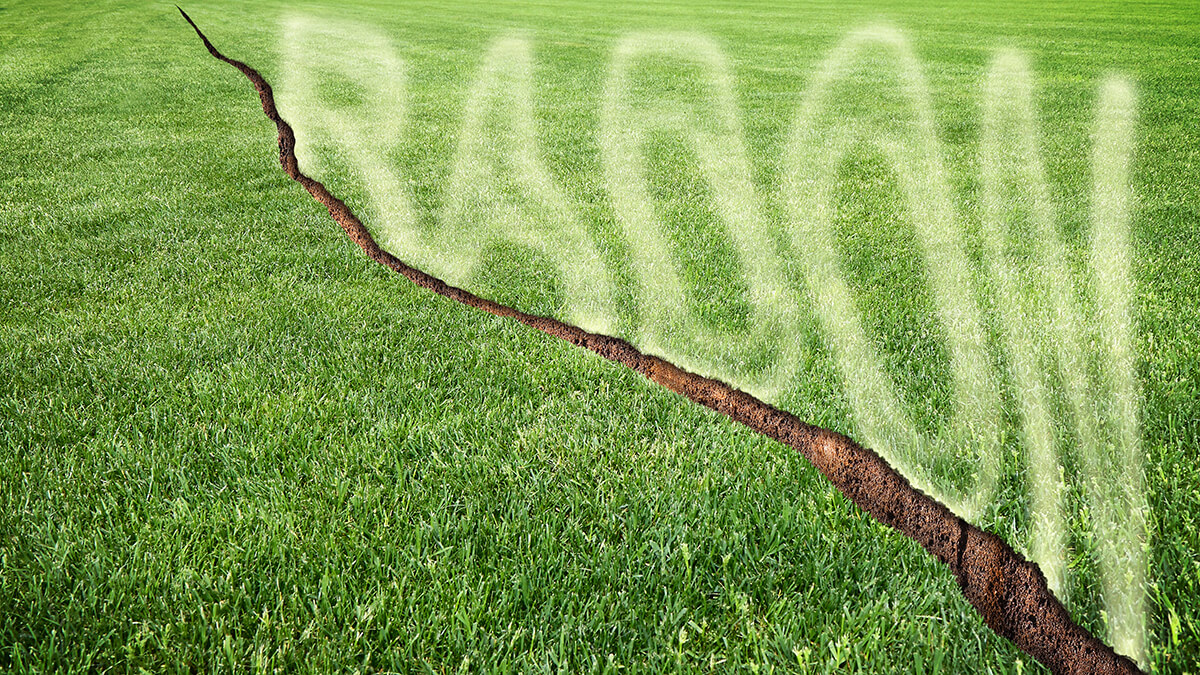Here’s what the Environmental Protection Agency (EPA) says about Radon:
- It’s a cancer-causing gas. According to the Surgeon General, radon is the second leading cause of lung cancer in the United States behind smoking.
- Radon is ubiquitous. It’s found all over, no part of the U.S. is immune from it.
- Radon comes from the natural—and radioactive—breakdown of uranium in the earth, and contaminates the air we breathe and the water we drink.
- Radon can enter buildings through cracks, construction joints, gaps around pipes, wall cavities and the water supply.
- Our homes pose our greatest risk for radon exposure because we spend the most time there. Every home in the U.S. should be tested, since it’s estimated that nearly one out of every 15 have elevated radon levels.
- Any building that is tested to have a level in excess of 4 pCi/L (picocuries per liter) should have the radon mitigated. Even the highest levels of radon can be reduced to acceptable levels by a qualified mitigator.

A radon mitigation system constructed inside a new home.
It’s important to note that even though there’s a recommended radon level that your home should be under, the EPA believes that any radon exposure is risky. Our inspector was quick to note that sentiment as well. He followed up by saying the lower we could reduce our radon level, the more we would reduce our risk.
So began our adventures in radon mitigation. Long story short—we received estimates, hired a certified contractor, and then found out that our radon situation was more complicated than first projected. But as the EPA says, even the highest levels of radon can be reduced to acceptable levels. Ours was.
While January is National Radon Action month, there’s never a wrong time to have your home checked. If you don’t know the radon levels in your home, take a little time to find out. We want you to be safe in your home; help protect your family from radon.

